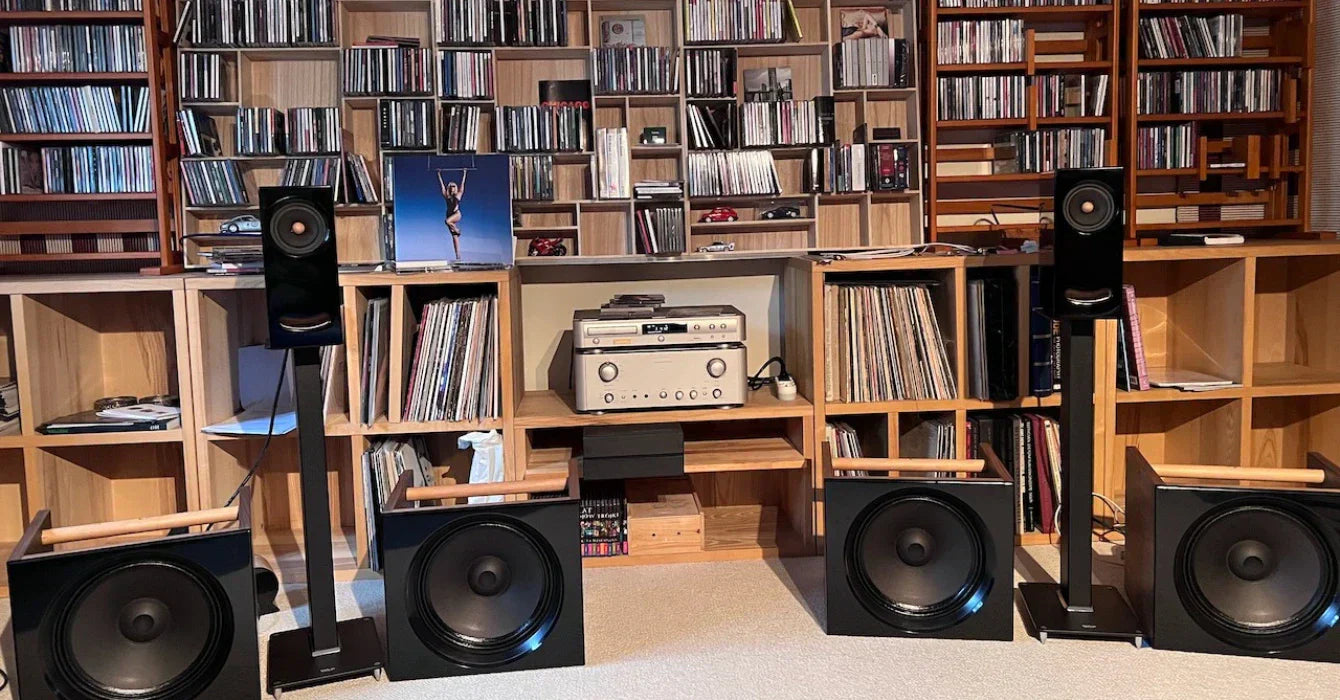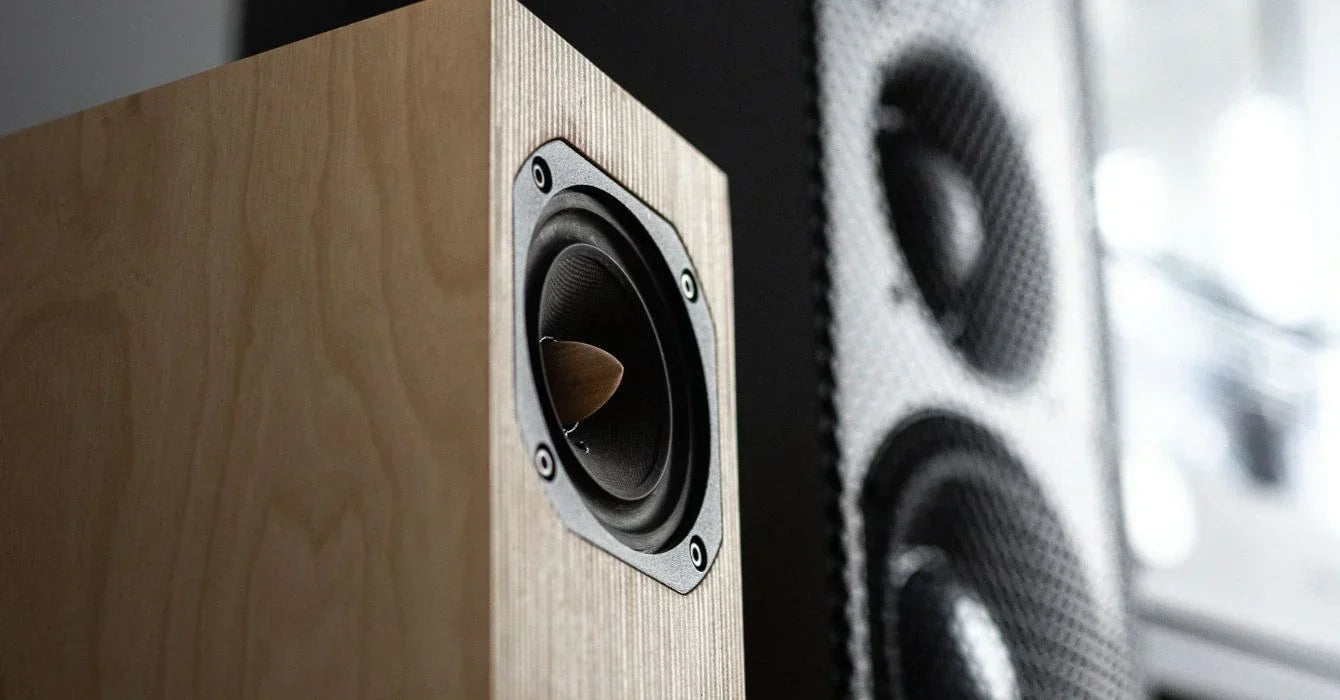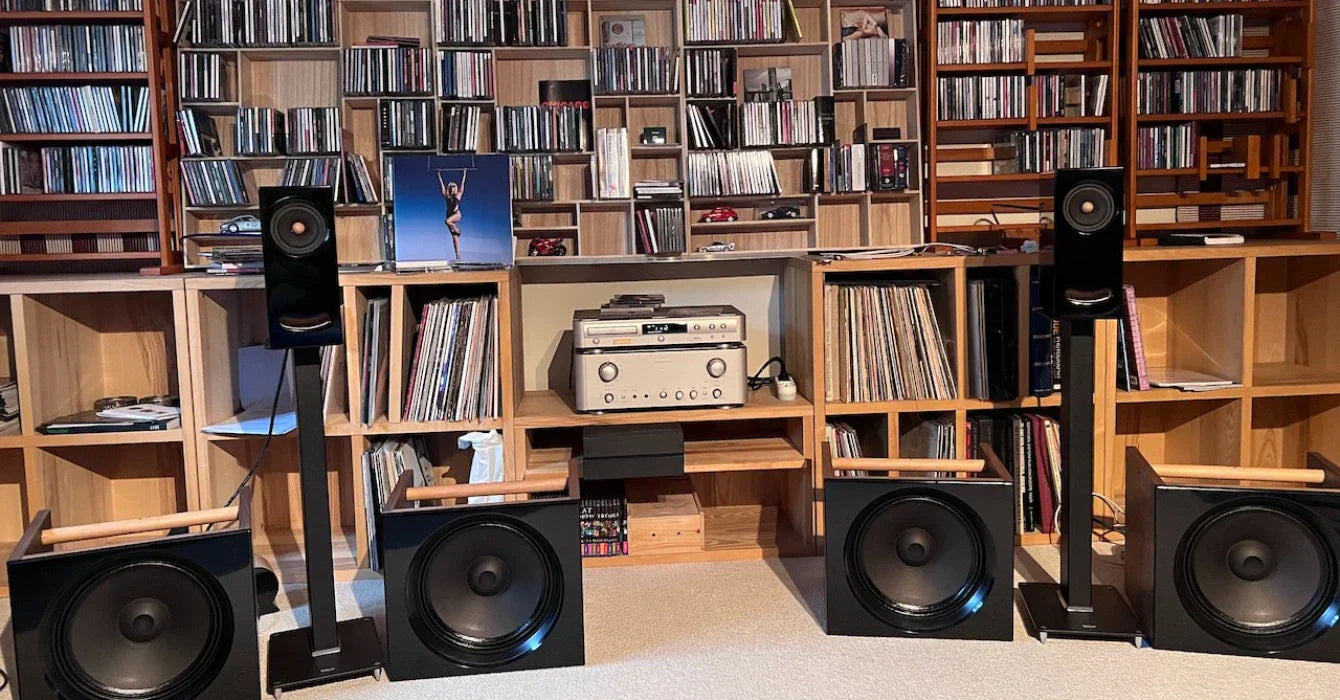Just a decade ago, most of us – enthusiasts of great sound – believed in the one true path: find the dream stereo setup that sounds like a dream and stick with it for years. Today, after countless hours of listening, conversations with fellow sound fans, and three living room rearrangements, I’ve started to think differently.
Modular systems in hi-fi aren't a market gimmick – they're a response to real needs of those who want to get closer to music, whether they listen to Coltrane, Ólafur Arnalds, or Tool.
What Are Modular Systems in Hi-Fi?
Let’s start with the basics. A modular hi-fi system is a concept built from independent, yet compatible components. It's not just about separate amplifiers or DACs, but also the ability to configure the speakers themselves – both in construction and in sound character.
Unlike “plug & play” all-in-one systems, modular setups let the user decide how their listening space will ultimately sound. It’s no longer just passive listening – it’s co-creating the sound.

The Advantages of the Modular Approach
I’m not saying that traditional speakers or integrated systems don’t make sense. They do – especially when starting out. But if you're looking for something more, modular systems open up entirely new possibilities.
-
Configuration freedom – You can adjust the number and layout of modules to fit your room and preferences.
-
Scalability over time – You don’t have to invest in everything at once. Start with the basics and build up later.
-
Amplifier matching – Not every system works well with tube amps. Modules let you fine-tune the sound profile.
-
Experimentation – Something I personally love. A small change in setup or an added module, and suddenly the soundstage breathes differently.
I remember comparing two different setups of the same pair of speakers – one more classic, the other with an added bass module. The difference was so striking I ended up listening to Synchronicity again with the freshness of a first-time listen – and that’s not easy with The Police.
Closer Acoustics Blocks – A Real-World Example
There are many modular solutions on the market, but special attention should be given to the Blocks system from Closer Acoustics – a consistently designed setup that demonstrates the potential of this approach in practice.
Blocks is a modular audio system made up of five independent components designed to work seamlessly together. Each element serves a specific function and can be combined in various configurations, depending on room acoustics and listener preference:
-
OKHO – The heart of the system, a full-range speaker with a 12" EMS driver, delivering warmth and a tangible presence.
-
OGY – OKHO’s smaller sibling, a bit faster and brighter, ideal for smaller spaces or more precise setups.
-
BOB MKII – An open baffle bass module, bringing depth and natural low-end without darkening the rest of the spectrum.
-
Blank – A stand designed to place components at optimal height.
-
Anti-vibration platforms – The unsung heroes of every good hi-fi installation.
The greatest strength of the Blocks system is its modularity. You can start with a simple setup (BOB + OKHO), then later add another bass section, change the order of components, or swap OKHO for OGY for a different sonic character.
Is This for Everyone?
No. And that’s a good thing. Modularity is a path for those who listen with their ears, not brand labels. For those who aren’t afraid to experiment and who feel their living – and listening – space evolves with them.
If you’re after simplicity and an instant “wow” effect, a traditional setup might suit you better. But if you want a tool that lets you dive deeper into the structure of sound, there aren’t many systems on the market today that can match the Blocks.

Modularity – The Future or Just a Trend?
Looking back, I can see the audio world maturing. Users are becoming more aware, wanting to understand their choices and tailor the sound to themselves – not the other way around. Closer Acoustics’ Blocks aren’t a passing trend – they’re a thoughtfully crafted concept that goes against the grain of mass production.
And yes, they’re beautiful. But more importantly: they’re a tool for listening to music the way you like – without compromise, without rush.
Conclusion
If you've ever felt your audio system couldn’t keep up with your musical moods, you may have just found your solution. Closer Acoustics Blocks is more than a set of speakers – it’s a toolkit for getting closer to the music. Just the way you like it, whenever you want.
Interested? Reach out, ask questions, test it out. Your system can evolve with you.





